|
Getting your Trinity Audio player ready...
|
As eCommerce develops, the emphasis for publishers, retailers and other interested parties (such as social networks) is on creating as seamless an experience as possible.
A frictionless user journey, where you can shop in-app and onsite – or at the very least reduce the number of steps involved – is seen as key to success.
The focus on convenience can be seen in the way that a number of publishers are developing their websites, and in particular seeking to reduce the transitions between editorial and eCommerce focused activities.
This trend, is described by Raymon Ray, founder of Smart Hustle Magazine, thus:
“Imagine you published an article about the benefits of wearing the right shoe size when working out. Within the article, you linked to five different workout sneakers sold on your site.
Rather than readers having to click through each link and abandon the article that contains the helpful information, shoppable content technology instead enables you to consolidate all the shoppable “content” (basically, a list of the products mentioned) into one area or widget so that readers can easily peruse and add them to their shopping cart whenever they want.”
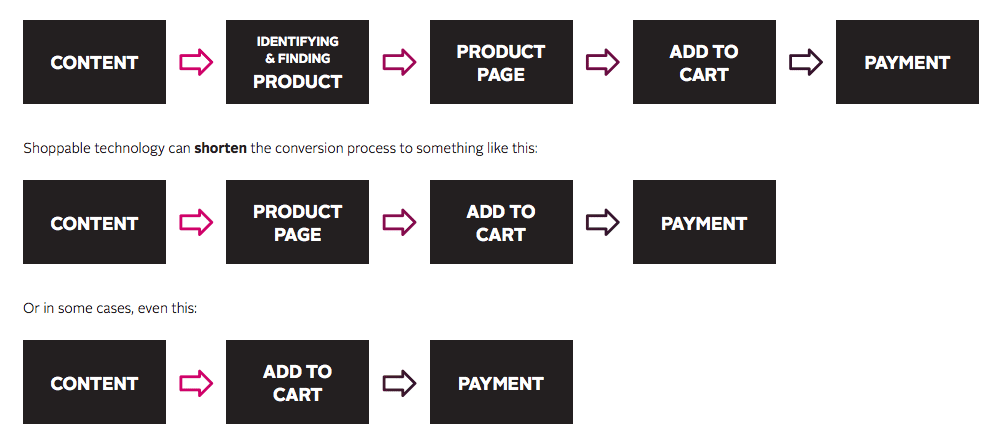
The type of user experience that Ray outlines is not just shaping the future of publisher’s websites. Publishers need to note that alongside these online efforts, new formats for eCommerce are also emerging, as eCommerce opportunities become increasingly prevalent in our lives. As we will see, the concept of “Shoppable Content” will increasingly be ingrained in our media experience; whatever the platform.
Here are six trends to keep an eye on:
1: Social commerce comes of age
Pinterest and Instagram are just two social networks which are busy innovating in a bid to develop their eCommerce capabilities.
More generally, however, GlobalWebIndex notes that the overall potential for shopping on social networks remains unfulfilled at present.
“Our data shows that the purchase journey on social media have yet to be closed. It seems that social channels are the perfect space for consumer brand discovery and product research, but are yet to fulfill their potential when it comes to completing the purchase.”
They highlight lessons from the Asia-Pacific (APAC) region, as key to understanding how other markets need to adapt to find the eCommerce “Holy Grail.”
“APAC’s lead in social commerce is a product of how consumer behaviors formed when the internet gained mass adoption in the region: it came later and rolled out more quickly, yielding a more integrated, mobile-first online space.”
“At the core of this is convenience,” they observe. “It’s no coincidence that some of the top mobile payment services in these three APAC markets are owned by the major social media platforms in those countries.”
Given this, and the growing role of mobile in searching for products, publishers will need to continue to think mobile first, and they’ll also want to keep an eye on the evolution of Apple Pay and Facebook’s own cryptocurrency too; given the potential for mobile shopping.

2: NBCUniversal and eCommerce on TV
eCommerce activity, however, won’t just take place on social networks and publishers websites. Broadcasters, like the American TV giant, NBCUniversal are exploring opportunities to create new types of eCommerce and shopping experiences, again with a key focus on improving the speed and ease of purchase.
In early 2019, the media conglomerate announced plans to feature QR codes within ads and shows, creating a new – more streamlined – route to potential consumers. The broadcaster will collect a fee for producing these shoppable ads, as well as a percentage of sales derived from these QR code scans.”
This builds on earlier examples of “shoppable TV” designed to encourage consumers to buy products they’ve seen featured in the shows that they love, (a model Walmart also began exploring in 2019 on their video platform Vudu,) although NBC’s efforts are also moving into the traditional ad-break, as well as their core programming.
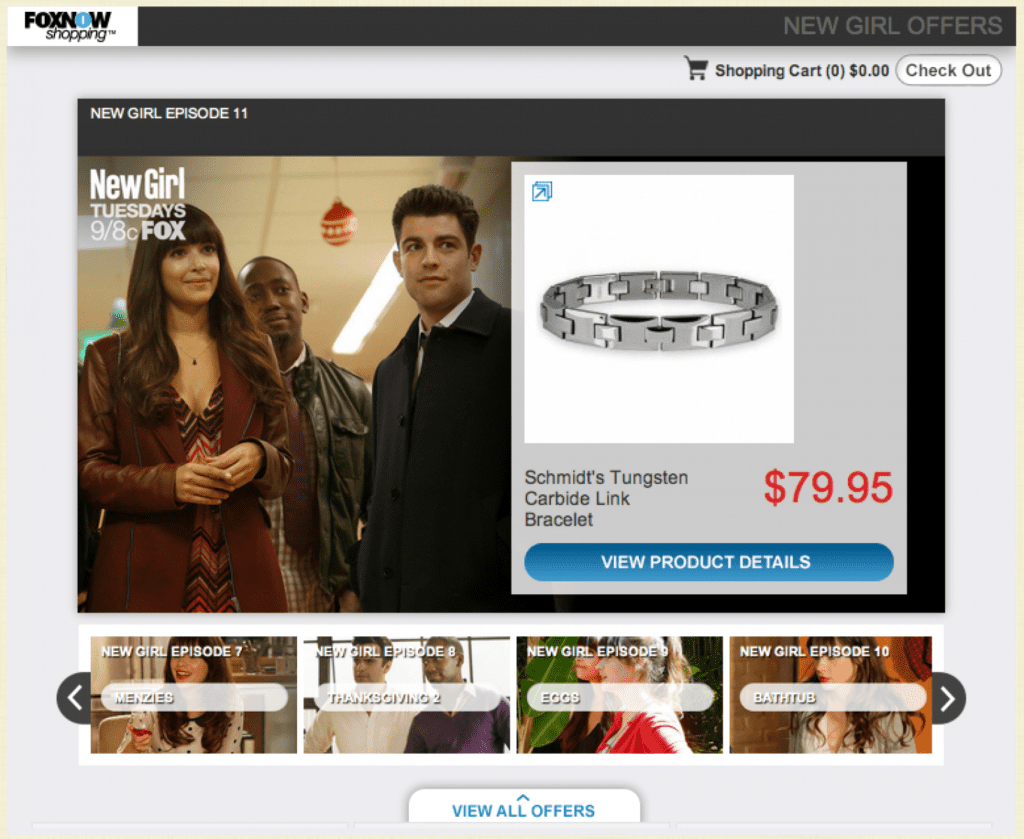
The rationale behind this new TV advertising format, Business Insider says, is “to offset disappointing ratings and entice advertisers, NBCU is looking to ShoppableTV to boost the value proposition of its ads.” It’s also part of a conscious effort to reduce ad load at a time when many consumers are paying for ad-free services like Netflix or Amazon Prime.
An early test of this technology, during a broadcast of the TODAY show, resulted in around 50,000 scans in five minutes The Drum reports.
NBC revealed in May 2019 that ShoppableTV was expected to be integrated into their major media channels such as NBC, NBC Sports, Telemundo, Bravo, E!, CNBC Prime, and USA Network in the near future. To date, according to their website, “we’ve rolled out ShoppableTV across four different properties: The French Open + Lacoste; Walmart + TODAY; Zwift + Tour de France; and Roli + Songland.”
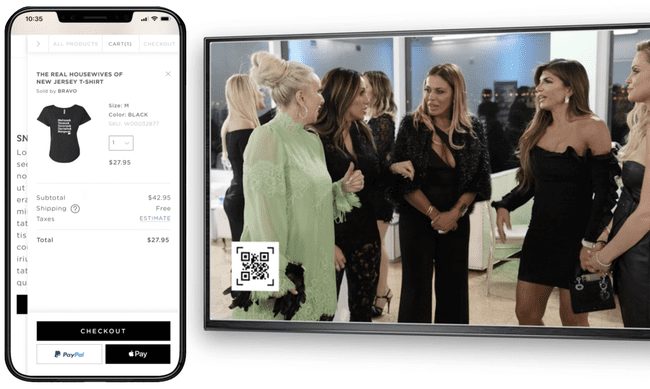
In April 2020, the company announced a further development in this space, with the launch of NBCU Checkout, which allows audiences to buy items featured in branded content, online articles and on their TV.
“While there are other shoppable content and video technologies out there,” TechCrunch’s Anthony Hawrote, “NBCUniversal’s executive vice president for marketing and advertising creative Josh Feldman told me that the key is that with NBCUniversal checkout, you can complete the entire transaction without actually leaving the article or video.”
“Globally, people are inspired by the products in the content that they watch, but currently, there is no easy way to direct that person to purchase,” explains Rosa Pereiro a Senior Client Solutions Director, based in Singapore, for the online video company, Brightcove.
“If online TV platforms and advertisers could shorten that search-and-buy cycle, and make the experience seamless and convenient, we are betting that many consumers would be open to shoppable video as part of their viewer experience.”
3: The rise of Shoppable Video
“Brands have long been subtle when it comes to product placement in programming,” Rosa Pereiro says, “but this does not provide any meaningful data beyond brand impression data.”
“With shoppable video, content owners can track click-to-view, click-to-buy, and click-to-share interactions—and ultimately, get a clearer view of conversion data,” she adds, noting that “shoppable video opens up a completely new revenue stream potential.”
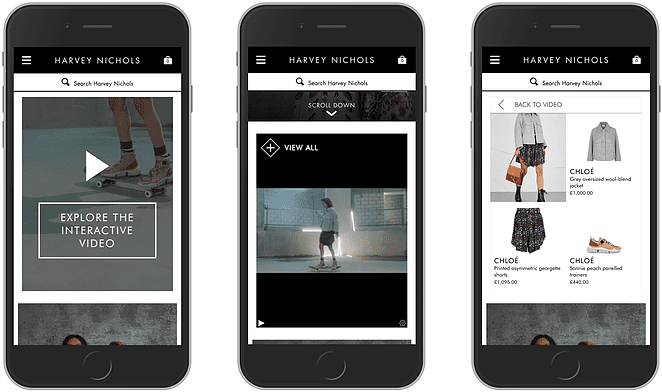
Among publishers, one step in this direction can be seen through BuzzFeed’s partnership with Walmart. Viewers of Tasty videos (via the dedicated Tasty app) can now add the ingredients in a video to their Walmart online grocery cart, with the option of picking up the contents in store, or having them delivered.
“Finding that perfect recipe, creating a grocery list and finally getting to the store can keep any chef out of the kitchen,” said Janey Whiteside, Chief Customer Officer, Walmart, in a statement last summer announcing the launch of “Shoppable Recipes.”
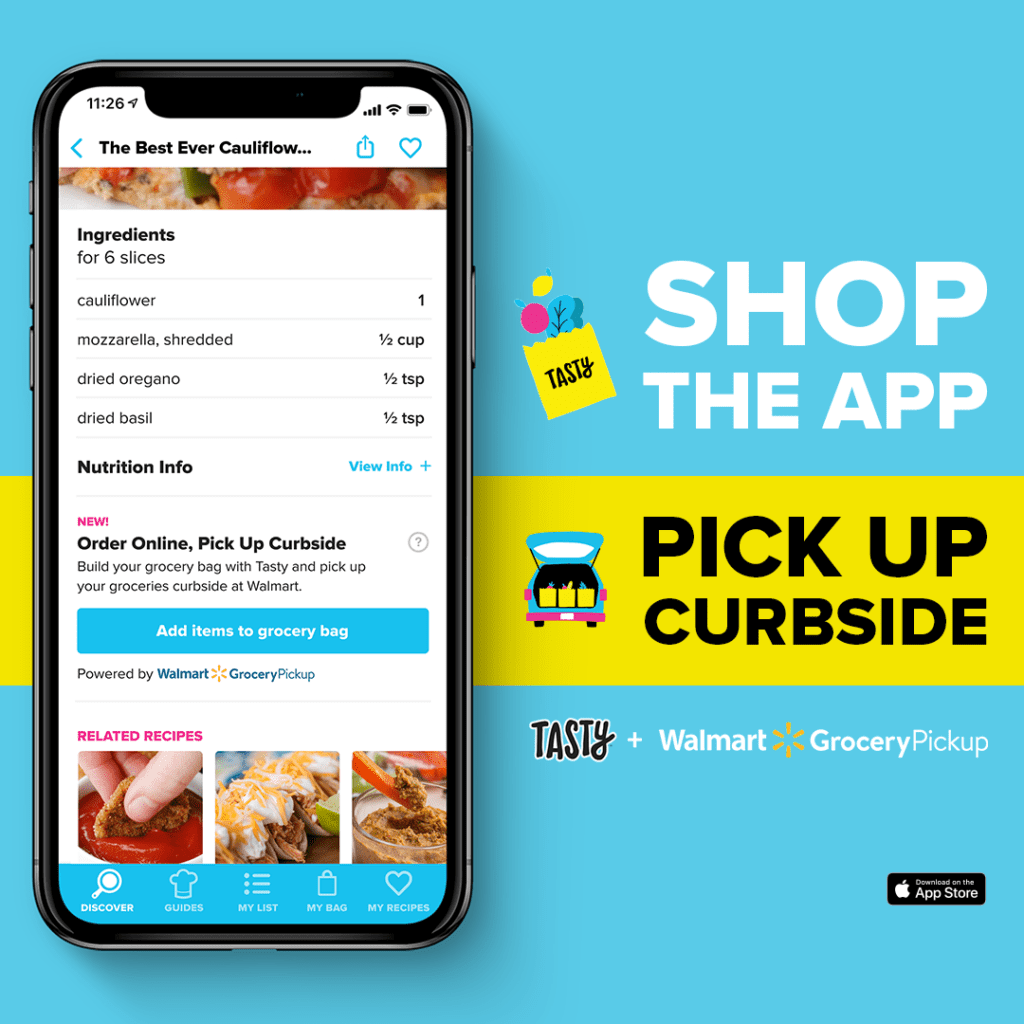
4: Interactive video
In addition to this new potential tier of eCommerce, analysts and start-ups are also exploring a number of other ways in which more immersive and interactive media could shape our consumption habits; developments which could have implications for eCommerce.
The New York based start-up, Cinematique, captured the attention of the tech press, after creating a template for “touchable video.”
“When you’re watching a Cinematique-powered video, you can tap or click on different items to save them and learn more later, and in some cases buy the featured product,” TechCrunch explained.
Although the company has now closed, others may seek to emulate the type of customer experience the company pioneered.
5: The role of voice
A further technology which may make eCommerce in-roads is voice. Smart Speakers (like Amazon Echo and Google Home) have enjoyed rapid adoption in a number of markets around the world.
By the end of 2019, it’s anticipated that 200 million units will have shipped globally, growing to over 500 million in 2023. Canalys, a research and analysis company, report that in 2019,” vendors shipped a total of 125 million smart speakers worldwide, 60% more than in 2018.”
This growth and market size will, inevitably, unlock a range of innovations.
Voice is already shaping search and SEO, and voice commerce – although nascent right now – may, in time, become a shopping format that consumers become comfortable with.
6: Image recognition
Finally, publishers also need to keep a watchful eye on image recognition, “computer technologies that can recognise certain people, animals, objects or other targeted subjects through the use of algorithms and machine learning concepts.”
This emerging technology can enable brands to track the presence of their logo and products across the web (for example, in pictures users upload to social networks), and in turn use it to more effectively target the digital ads that they serve consumers.
Retailers such as Asos, as well as platforms like Amazon and eBay, Pinterest and Google already offer visual search. As Wired noted in 2018:
“Pinterest Lens camera search allows users to search by taking a photo of an object offline and receive results for online recommendations. An apple will return results for related recipes for dishes, such as pie or cider. A photo of a pair of running shoes will result in related shoes, and even athletic clothing to style with it, available for purchase.”
The potential impact for eCommerce of this technology could be game changing.
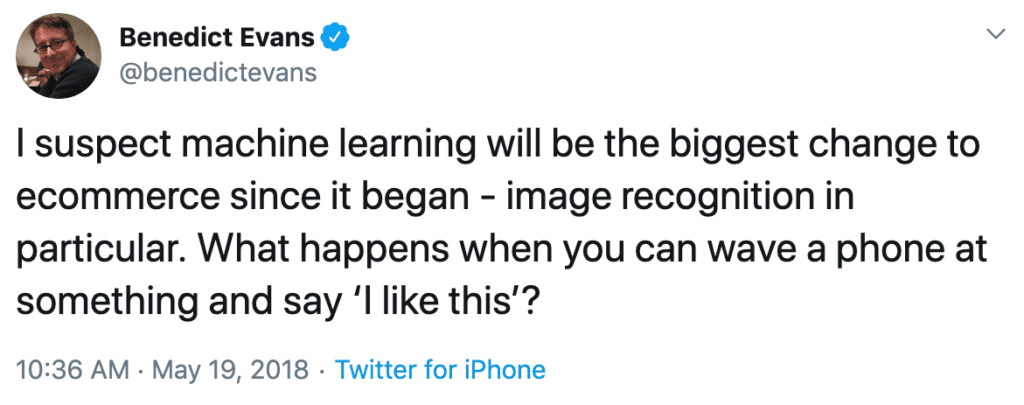
This article has been adapted, updated, and expanded, from our free to download report, The Publisher’s Guide to eCommerce.



